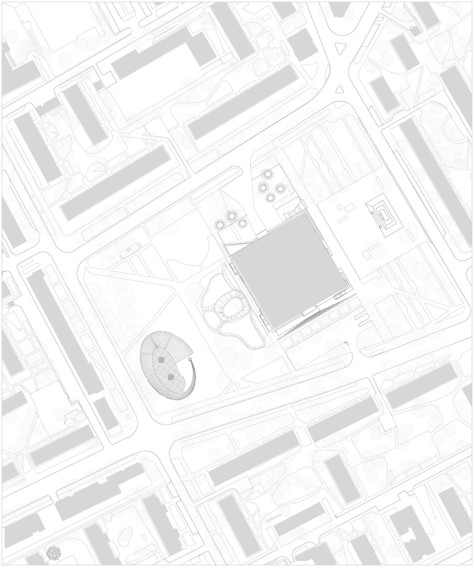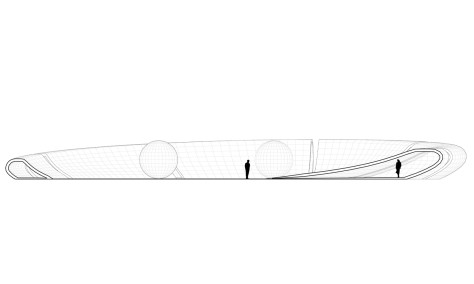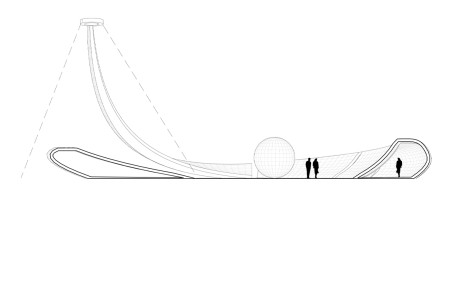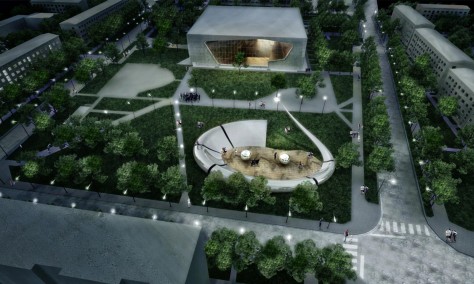
The act of doing a memorial is to accept that there is a difference between history and memory. If the history is unique and linear, the memory is on the side of fragmentation. Each group of individuals who have in memory a past event, have a different perception of it according to the role and position he has held.
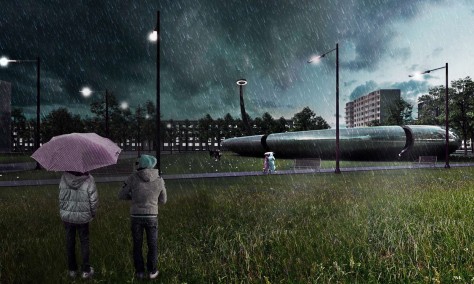
Thus the memorial should be able to represent both a history of Poland, and the memories of events experienced by the various Polish nations. Placed in the heart of what was the Warsaw ghetto, this architectural sculpture is the symbolic representation of a place that was as much an oppressive place as a place of heroism and hope.

The broken circle is the symbol of this duality between protection and confinement, highlighting the Polish heroism, whether they were Jewish – Marek Edelman – or not – Irena Sendler. In its shape, the memorial seeks to bring closer the history of the Polish people, Jewish and non-Jewish.

The continuous circle symbolizes the commemoration of the Polish who protected the Jewish people. The rising part is a signal representing the polish raised to the rank of Just Among the Nations – Anyone who saves one life, saves the entire universe.
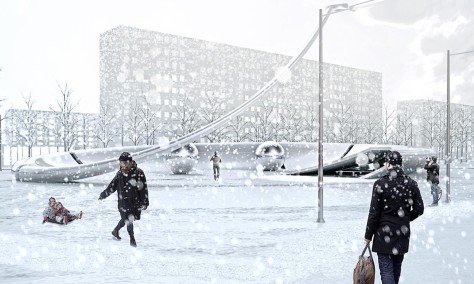
This signal shows the entrance of the structure at day and night, with at its end a spot-light made of 6450 LEDs, representing the number of Polish recognized by the Jewish people as a Righteous Among the Nations. The polished concrete precast structure allows the user to circulate as well on the sculpture as inside it. It represents the Jews who wavered between hiding themself or showing up.
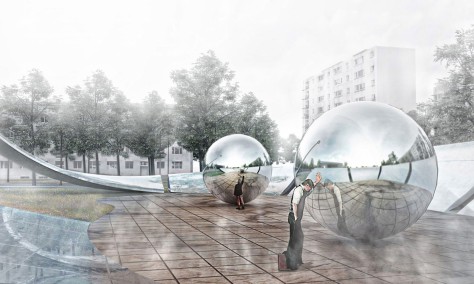
The fractionations of the structure are opening on the city and also a symbolic representation of the directions of exodus that may have taken the Jewish people who were able to escape or be rescued.
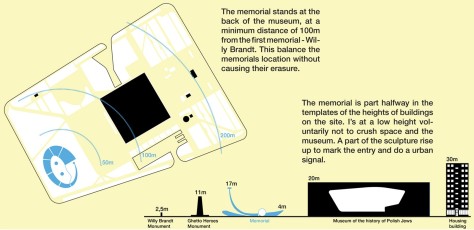
In the center of the circle, two stainless steel spheres represent the duality in all things: The good and the bad in humans, those who worked and those who resisted, those lost and those who were saved. It is a symbol of hope and rebirth because it is the association of two individuals that can give life.

Commemorate, it is to build a collective national identity. The two spheres are treated similarly as a fair set, single translation of the Polish people as a whole. It is not about just creating an architectural process transcribing only a past or lost memory, but to also create tomorrow’s memory.

By its volume and its implementation this is an urban object that invites people to appropriate the space. Local residents may be practicing personal activities, it is also a place of entertainment or events, both political and historical. It is a living monument, who provides a favorable environment for the recollection or the joy, allowing connection between the residents of the district and the visitors. Source by SO/AP Architectes.
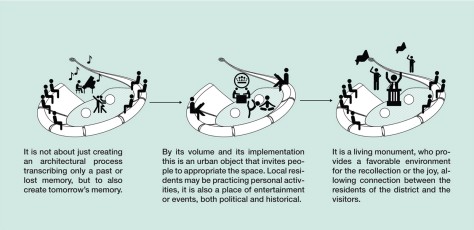
Location: Warsaw, Poland
Architect: SO/AP Architectes
Project Team: Quentin Duvillier & Adrien Piebourg
Year: 2014
Images: Courtesy by SO/AP Architectes
